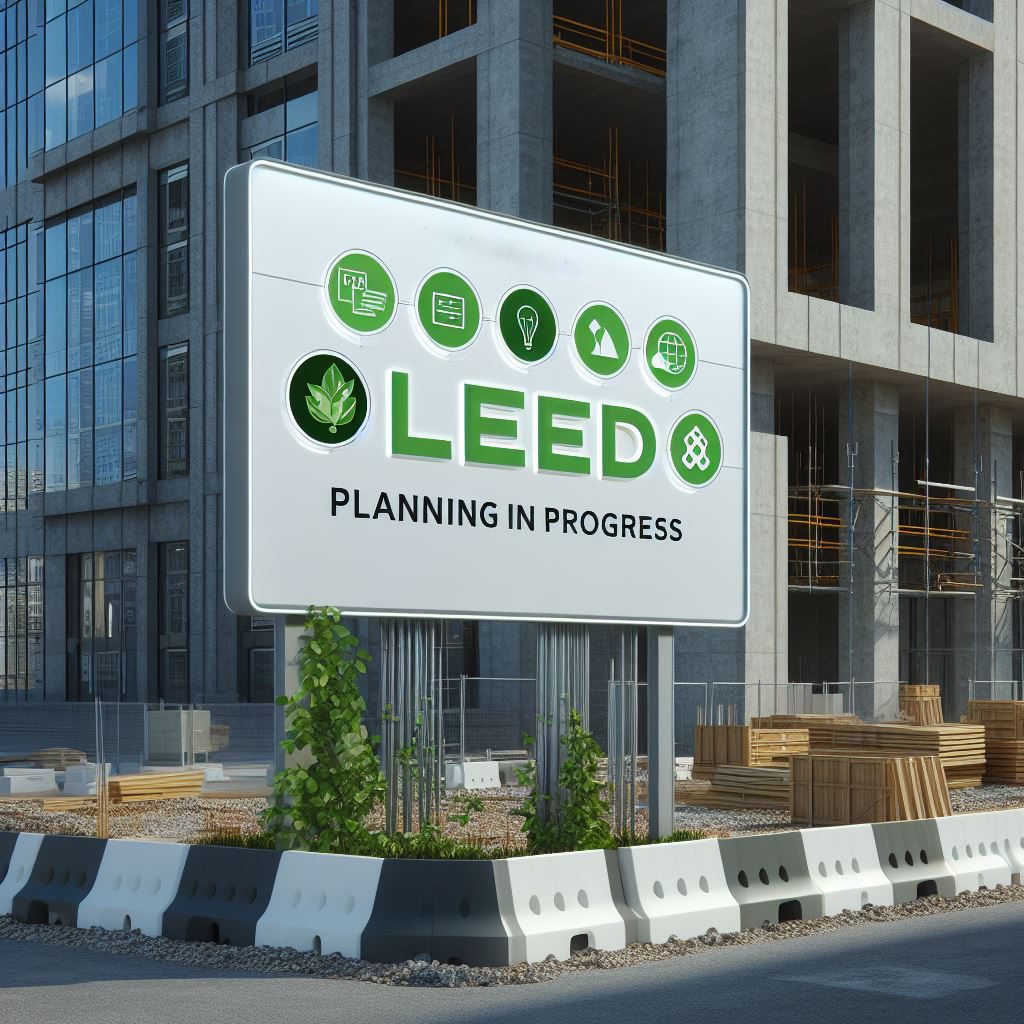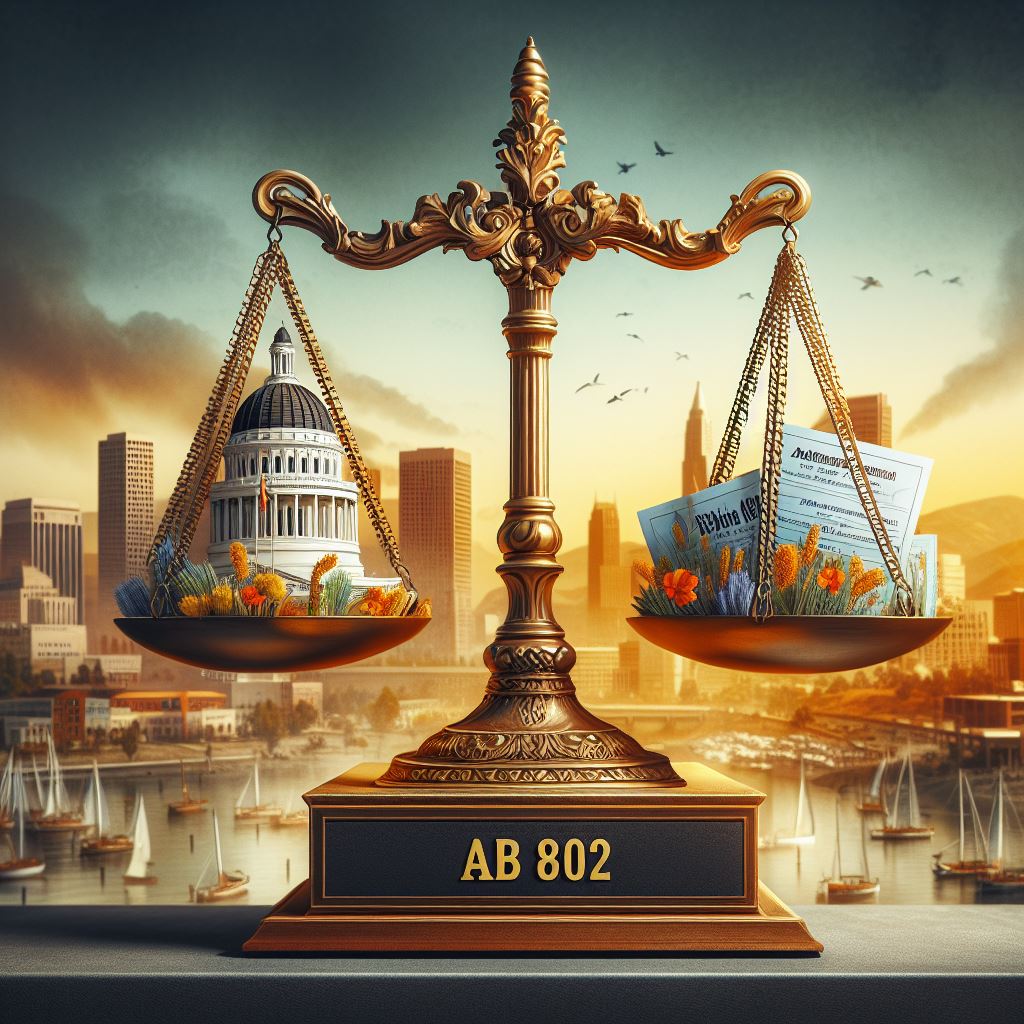In the realm of real estate, a quiet revolution is reshaping the industry: the rise of green real estate. As environmental concerns become more urgent, there is a growing movement towards sustainable development and building practices that reduce carbon footprints and promote energy efficiency. But what is the economic rationale behind this trend? Green real estate is not merely a benefaction towards the environment—it’s a savvy business move that yields tangible financial benefits.
The Growing Emphasis on Sustainability in Real Estate
Sustainability in real estate encompasses more than just the use of eco-friendly materials. It signifies a holistic approach to building that considers the environmental impact of a property throughout its life cycle. This paradigm shift is gaining momentum, spurred by heightened public awareness of climate issues, governmental policies advocating for sustainable development, and the intrinsic economic benefits associated with green buildings.
The International Energy Agency (IEA) has acknowledged the vital role buildings play in achieving global energy efficiency goals. Meanwhile, across the globe, initiatives such as the European Union’s energy performance of buildings directive aim to improve the energy efficiency of properties. In practice, these policies encourage the construction of buildings that contribute to the reduction of greenhouse gas emissions and encourage the conservation of resources.
Moreover, sustainability trends are flourishing within the real estate industry. Green buildings, once niche, are now sought after in various market segments, from commercial skyscrapers to residential homes. One can look at the LEED Certification system as a prime example of how the industry is benchmarking sustainability.
The Economic Advantages of Green Real Estate
Lower Operational Costs
One of the most immediate benefits of green real estate is the reduction in operational costs. Green buildings are designed to utilize resources such as energy and water more efficiently, which can lead to significant savings. For instance, the U.S. Green Building Council reports that LEED-certified buildings can achieve a 20% average reduction in operational costs over conventional buildings.
Energy-efficient appliances, high-performance windows and insulation, and the integration of renewable energy sources are just a few ways that green buildings achieve these savings. Additionally, smarter water systems and fixtures can drastically reduce a building’s water usage, leading to lower water bills. The use of durable, sustainable materials can also decrease maintenance costs over time.
Increased Property Value
Green real estate has a propensity for higher property values. Properties that boast sustainable features often attract a premium in the market, as buyers and tenants are increasingly willing to pay more for environmentally friendly and cost-efficient living spaces. Research from the Green Building Council of Australia found that green, energy-efficient buildings command higher sale prices and rental rates on average.
Furthermore, green buildings have the potential to improve occupancy rates, as they become more desirable than their non-sustainable counterparts. This attractiveness is partly due to the health and wellness benefits that green properties offer, such as better indoor air quality and natural lighting—features that are becoming increasingly popular among tenants.
High Returns on Investment
Investing in green real estate can also lead to higher returns on investment. Sustainable buildings tend to attract tenants faster, endure shorter vacancy periods, and command higher rents—factors that contribute to a more robust and stable cash flow. Moreover, regulatory frameworks often provide incentives for green developments, such as tax credits, rebates, and zoning allowances, which can further enhance the financial returns of these investments.
Challenges to the Adoption of Green Real Estate

Despite the clear advantages, some barriers to the widespread adoption of green real estate remain. The foremost challenge is the higher initial costs associated with green construction. Sustainable materials and technologies can come at a premium, and for some developers and investors, the upfront expenditure can be daunting.
Another obstacle is a lack of general awareness or understanding of the benefits that green buildings can provide. This gap in knowledge can lead to skepticism or reluctance to invest in sustainable practices.
However, these challenges are not insurmountable. The introduction of green financing options by banks and other financial institutions is making it easier for developers to fund sustainable projects. Education and training programs are also becoming more widespread, equipping industry professionals with the knowledge to build and manage green properties effectively.
Green Real Estate as the Future of the Industry
Looking ahead, green real estate appears not as a passing trend but as the inevitable future of the industry. As the world grapples with the reality of climate change and resource scarcity, the real estate sector has an imperative to adapt. The continued growth of green real estate is underpinned by consumer demand, the push for regulatory compliance, and the clear economic benefits that these properties offer.
For the industry’s stakeholders, embracing sustainability is more than a mere ethical choice—it’s a strategic decision that will define future success. The transition to sustainable practices represents an opportunity to innovate, differentiate, and ultimately secure a competitive advantage.
Conclusion
Green real estate stands at the nexus of environmental responsibility and commercial profitability. The economic advantages—reduced operational costs, increased property values, and higher investment returns—are compelling reasons for the industry to continue its pivot towards sustainability. As we advance, the importance of green real estate in shaping a resilient, profitable, and environmentally sustainable future for the industry cannot be overstated.
The evidence is clear: real estate developers, investors, and consumers must heed the call to action and prioritize green real estate. After all, sustainability is more than a virtue—it’s a value proposition that combines ethical foresight with economic wisdom.
VertPro.com serves as a resourceful platform for property owners and managers seeking to enhance their buildings’ energy efficiency. The site offers a range of services, including Commercial Energy Audits, Benchmark Compliance consultancy, and a Construction Marketplace. At the heart of VertPro® is a suite of SaaS technology-based solutions designed to assist in navigating the complexities of Energy Benchmarking and Energy Audits/RCx Plus, while ensuring adherence to over 60 Energy Benchmarking and Energy Efficiency Laws across the country.
For those looking to improve their property’s energy usage and operational value, VertPro.com provides a diverse array of tools and information. The site aims to facilitate a better understanding of energy efficiency practices and legislation, helping building owners and property managers make informed decisions about their energy strategies while complying with all energy ordinances and laws.
















